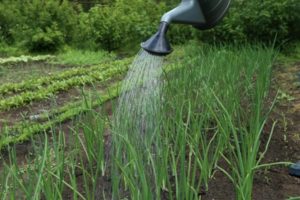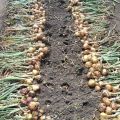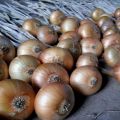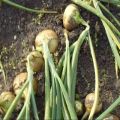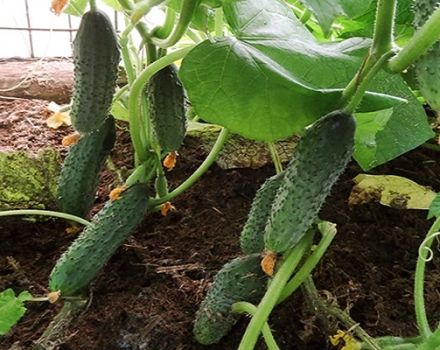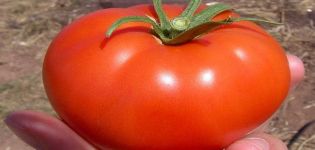Planting, growing and caring for family onions in the open field
Family onions, as one of the varieties of a common vegetable crop, are ignored by many vegetable growers due to their small heads. But only the correct cultivation of onion crops will help change the attitude towards the multi-primordial type of vegetable. The family has many advantages, which will manifest itself if you know the rules for planting, caring for the plant. So that the land is not empty, you need to pay attention to the cultivation of family onions in the open field.
Features of the family bow
The difference between family onions and ordinary onions, which gives one large head, is the formation of a nest with several fruits. No wonder such a bow is called a family. In the nest there are three to ten bulbs weighing 15-50 grams. Onion heads are round, oval, cuboid, oblong in shape. From above, the heads are covered with thin scales of a golden, purple, reddish hue, depending on the variety. And juicy tender pulp with different colors - from white to pinkish. The family's greens are thin, pungent in taste, and do not coarse for a long time. The height of the plant leaves reaches 30-50 centimeters. When you are satisfied with the taste of a vegetable, its advantages over other varieties of culture, you need to learn how to grow large family onions.
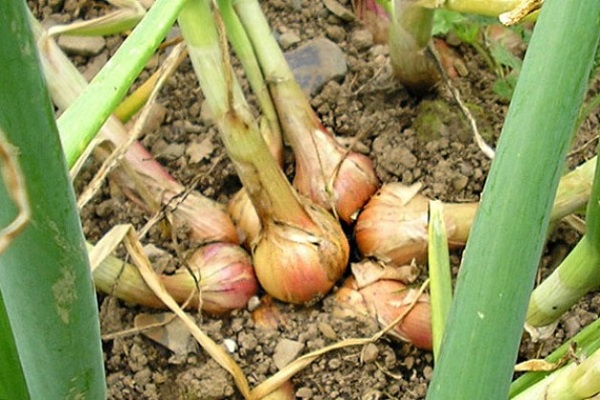
The family vegetable also produces seeds similar to the onion variety, but smaller in size.
The peculiarities of the family include the fact that the plant:
- gives high yields;
- reaches maturity 50–80 days after planting;
- stored until spring;
- does not shoot even at low air temperatures;
- resistant to disease;
- undemanding to soil and maintenance.
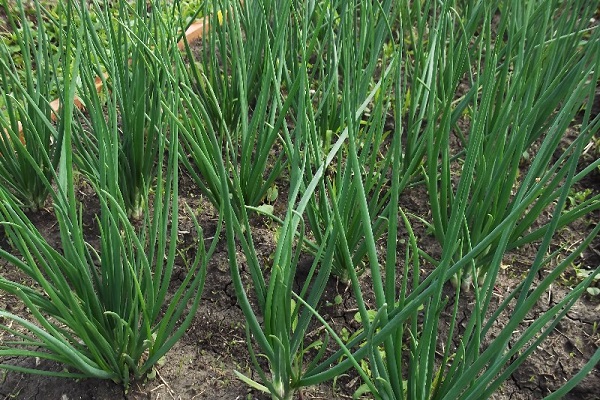
To harvest large-sized bulbs, choose the right varieties of family onions.
Family onion varieties
To select a variety, they proceed from the region of growing vegetables. What grows well in the middle lane does not suit the climate of Siberia. The description of the variety also plays an important role, you need to know what the family onion looks like in the photo:
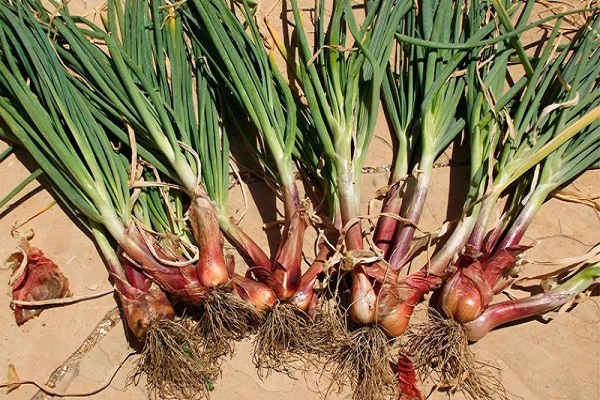
- Distributed in the northern regions of the European part of the Old Believer bow. The variety has a pungent taste. And Velikoustyugsky produces large bulbs, 6-10 bulbs in each nest.
- Albik onion ripens early even in Siberia. This variety has round-flat bulbs covered with yellow husks. The mass of the head is up to fifty grams. The plant is prized for its abundant return of green feathers.
- Yields a crop with a mass of greenery in two hundred grams Grant variety. In the nest there are up to 10–12 heads with yellow scales, juicy pulp with a sharp taste.
- A variety of onions of the shallot family has varieties with a delicate sweetish taste according to the description and photo. Among them is Pesandor with purple flesh. The vegetable produces a rich crop of twenty heads per nest.
- For Siberia and the middle lane, varieties have been bred, among which are Grasshopper, Sprint, Krepysh, Siberian yellow.
- In the southern regions, family varieties are cultivated - Russian violet, Rostov, Kuban yellow.
A family is selected taking into account the taste of the bulbs, the timing of the ripening of the vegetable. Among those giving large heads is the Kvochka variety. You should pay attention to it to get multi-colored fruits, suitable for salads and for cooking.
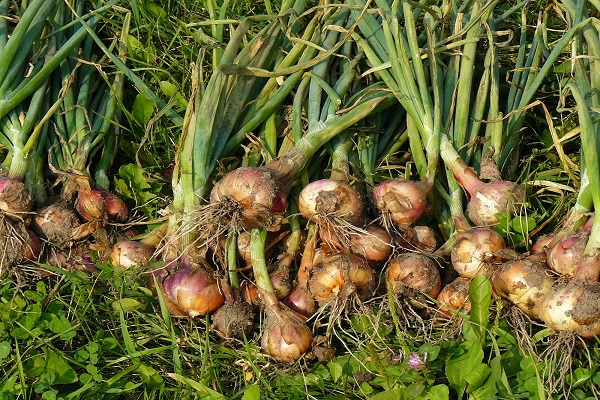
Growing and care
The family is not difficult to cultivate, because growing and caring for a vegetable is the same as for an ordinary onion. The vegetable grows well, it needs to be provided:
- low air temperature in the range from +2 to 15 degrees;
- wet soil;
- additional watering during dry summer;
- competent preparation for landing.
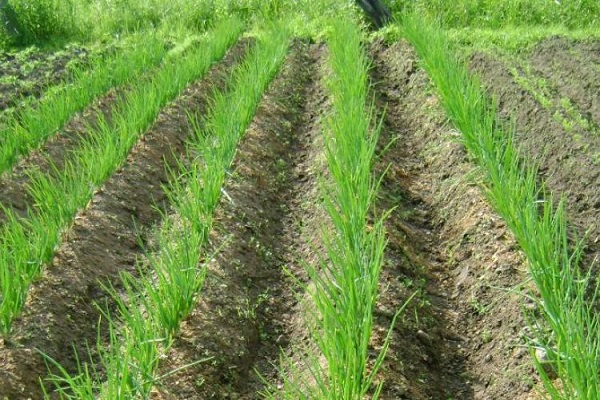
Outdoor caring for family onions is simple. With proper care of the plant, creating favorable conditions, you can get a harvest of large heads of vegetable crops in any region.
Preparation of planting material
To get a large family onion, it is necessary that planting in the open field takes place at the optimum time. It is important to prepare seed material:

- clearing the heads from dry scales, leaving juicy;
- soaking the bulbs for twenty minutes in a solution of copper sulfate (a tablespoon for ten liters of water);
- by immersing the planting material in nutrient solutions of complex fertilizers;
- cutting off the heel to white scales;
- by placing the onion in a container in a cool room for sprouting roots up to five millimeters.
A family is not planted with whole bulbs, otherwise they will get small heads in the nest. The sevka head is cut in half in the center. The beds are planted in halves and planted.

A place for a family where the soil is loose, of a homogeneous structure. If the soil is poor in nutrients, then five kilograms of humus or compost are applied per square meter, then a solution of a teaspoon of superphosphate, urea and 2-3 tablespoons of wood ash. The work is carried out in the fall, and in the spring they only fertilize the garden with nitrogen.
Preparation of soil and planting material is carried out in advance.
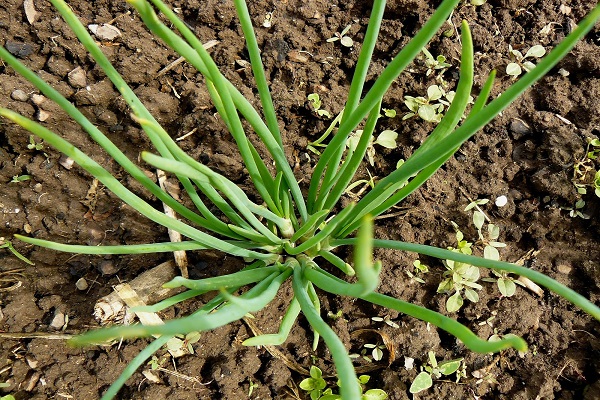
Landing scheme
For planting, families build a garden bed by making grooves in it. Many gardeners prefer to plant seed in a checkerboard pattern. If the variety produces large onion heads, then the sets are planted at a distance of 25-30 centimeters from each other. Small onions must be planted at a distance of 15 centimeters.
The deepening of the planting material into the ground should be 5–8 centimeters. A shallow setting of the sevka will lead to drying out of the roots.
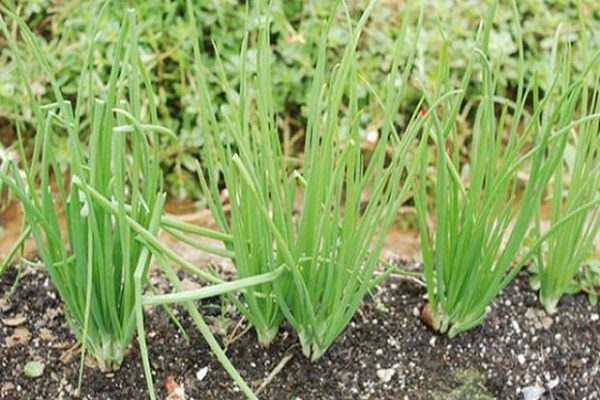
How to grow large family onions in the middle lane? It is necessary to correctly determine the timing of planting, choose a variety that gives large bulbs. It is important to place planting material on the bed so that medium-sized heads are formed.
Planting family onions
Onions can be planted both in early spring and for winter, in October.
Plots for family bow are those that are located in the sun and are well ventilated. A vegetable needs air and permeable soils. If the soil is clayey, it is diluted with coarse sand for looseness.
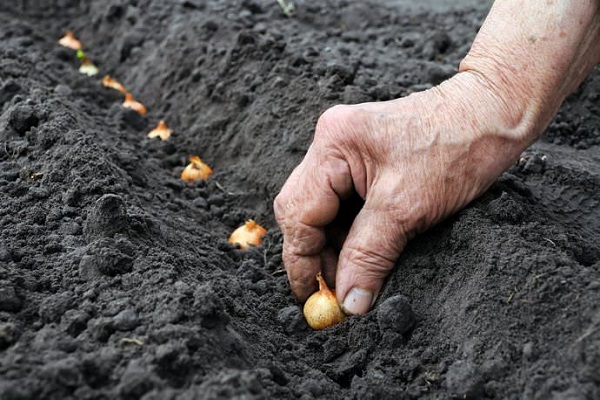
The acidity of the soil for the onion family is neutral. On acidic soils, work is carried out to introduce dolomite flour or slaked lime.
Zucchini, beans, peas are considered the predecessors of planting culture. It is not recommended to plant a vegetable in the same place every year.
The bulbs are placed in a potassium permanganate solution or fungicidal before planting. The beds planted in spring are covered with a special material, removing after the emergence of shoots. In winter, plantings are mulched with peat or humus.
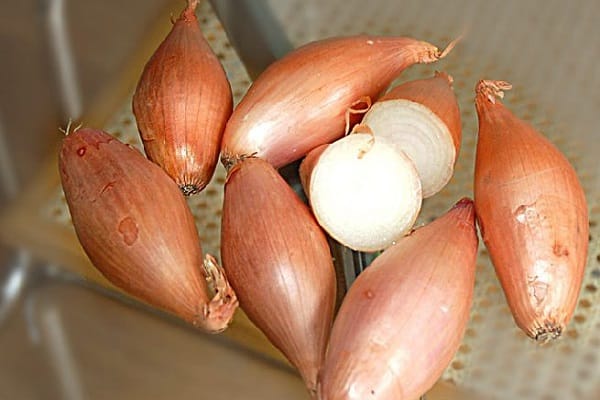
Landing dates
The time for planting family onions is chosen depending on the region, climatic conditions.Do not wait for hot days to plant a family. In the period when the soil warms up to five degrees Celsius, it will stop “smearing” and planting begins.
The air temperature at this time reaches 10 degrees above zero during the day and drops to -2 at night. But for family onions, temperature changes are not terrible. It will start to develop slowly. Planting is not carried out too early because of the possibility of sharp morning frosts, and later it is impossible, as arrows may appear. Yes, and onion fly affects young shoots of onions.
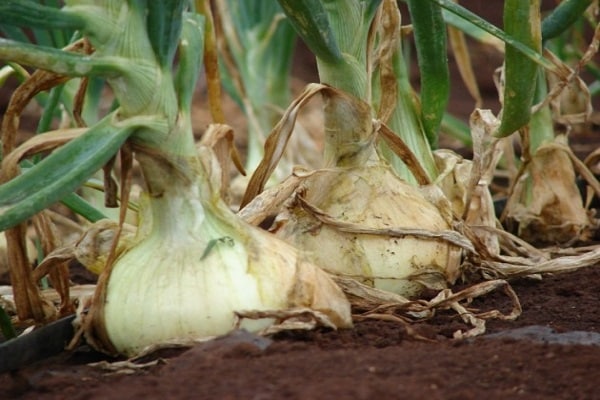
When a vegetable begins to grow, it needs long daylight hours and warmth. Then more closed scales will appear on the bulb, and the heads will last longer.
Plant care
Mulched beds retain moisture inside for a long time, and the bulbs develop without watering and feeding. Fertilize the family onion in the open field when the leaves grow ten centimeters. Here the soil will require watering, and fertilizing the vegetable is required.
It is better to water the family once a week abundantly. As soon as the bulbs are detached, the extra ones are removed, leaving 3-5 pieces in the nest.
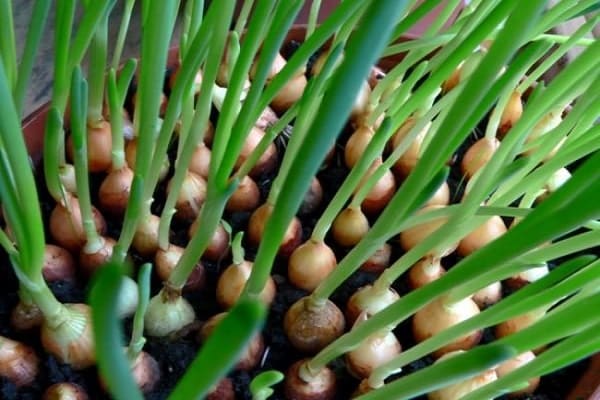
In early July, watering of the beds is stopped. They shake off the earth from the bulbs, leaving the heads of the vegetable in the sun. So they ripen faster and give big yields.
In addition, family bow care includes:
- loosening the soil 1-2 times a week;
- weed removal;
- feeding with manure in a ratio of 1:10 or bird droppings - 1:15;
- application of mineral fertilizers.
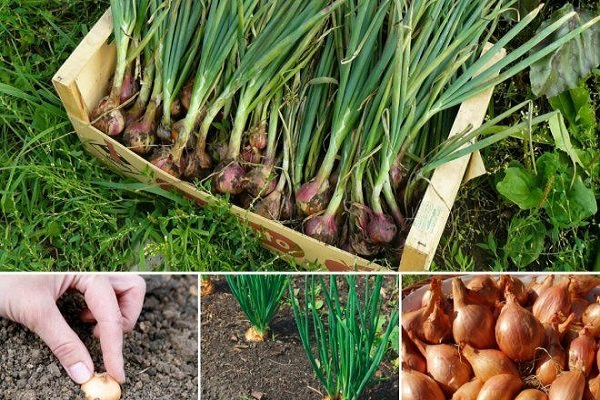
Fertilizer contributes to the growth of green mass, therefore, before harvesting a month before, they stop feeding onion beds. Then all the forces will go to the formation of large bulbs.
Harvest
The onion ripens fully in July-August. The fact that it's time to start harvesting the family onions will be indicated by wilting of leaves, lodging. The neck of the stem becomes dry and the heads of the onions are covered with scales.

When to harvest family onions depends on the region. In Siberia, in temperate latitudes, warm sunny weather is needed to harvest. After all, the bulbs must be given time to dry. In the middle lane and in the south, bulbs begin to be dug up in July, where they ripen faster.
It is best when the dug heads dry out in the garden bed. But if the weather turned bad, then you will have to carry the crop under a canopy. There, the bulbs will dry for ten days. In this case, the layers are constantly turned over.

Before laying the crop, the roots and dry leaves are trimmed. Someone puts the fruits of a vegetable in boxes, lowering them into a basement or cellar. You can braid the bulbs by hanging them in a cool, dry place.
Family onions retain their beneficial qualities well until the next harvest.

